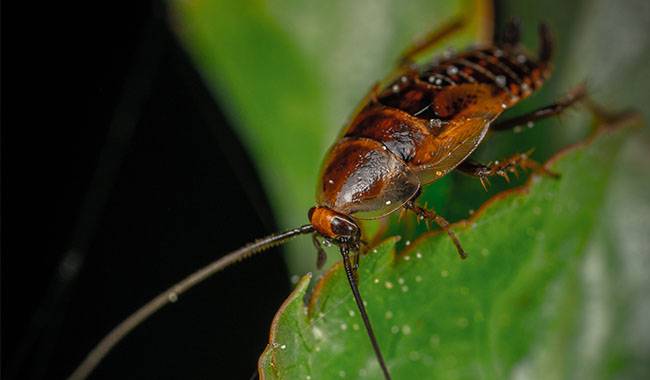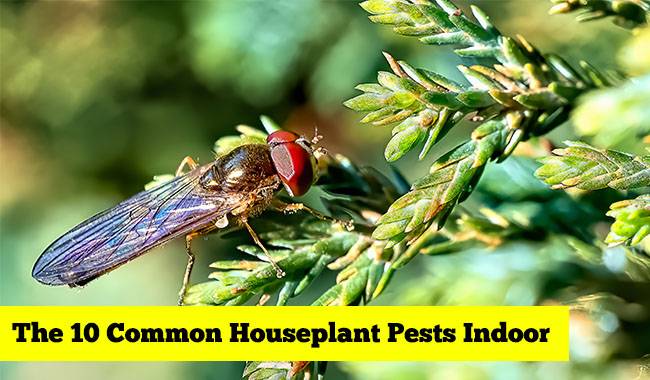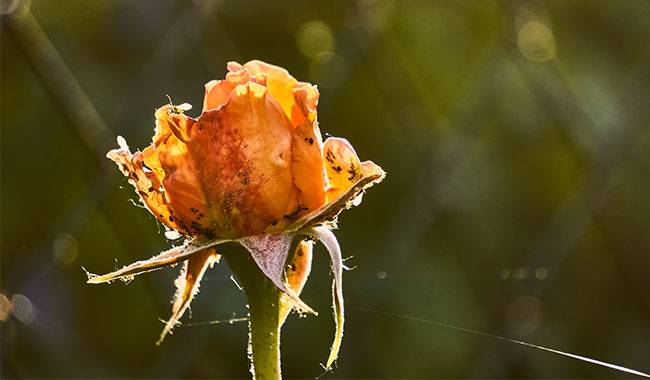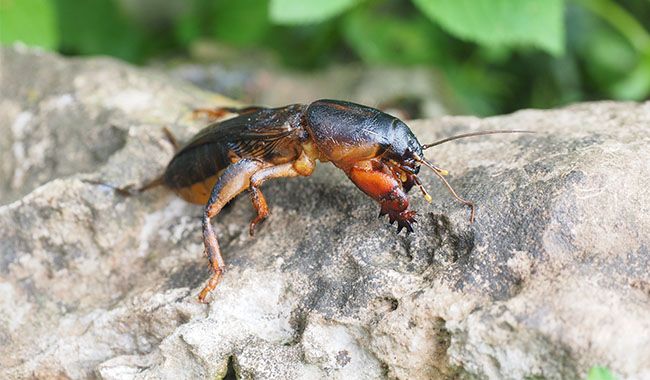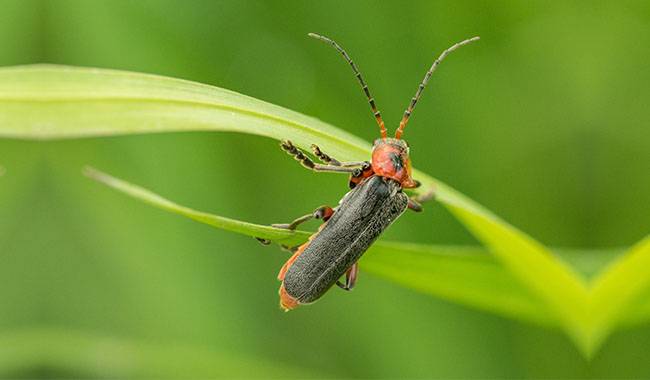
A small-town market in California in the summer. The stalls have everything! There are cherries, cherries, strawberries, apricots, already apples, peaches, nectarines, cherry plums. The seller cheerfully invites customers, “Come on!” Of course, customers will not accept wormy apples. No one wants damaged plums either.
Therefore, the fruit trees are treated at least a dozen times for Garden pests and diseases in order to maintain the beautiful appearance and integrity of the fruit until July. Without this treatment, it is practically impossible to get clean fruit, because the pests do not die.
And there are new ones appearing all the time, and now various Garden pests have been added. In general, it is only necessary to have time to clean up them. This article will discuss what measures are taken to preserve the results.
WHAT MEASURES ARE THERE TO PROTECT THE CROPS?
Every gardener must also be a “trickster”, a kind of Cesare Borgia, effectively using species feuds, baiting, tricks of deception, and, in a pinch, deadly poisons. But be careful not to get poisoned yourself, as Cesare did. That said, the measures must be comprehensive and safe for the gardener himself.
Merging with predators
Pests should never feel safe! Birds of all kinds, predatory beetles, predatory bugs, spiders, fishy flies, lizards, including animals without legs, are all helpers in the difficult business of eliminating pests at all stages, from eggs to worms.
Disorientation
Most pests are olfactory oriented. Monoculture plants, without weeds, invite pests to mob them. But the abundance of different scented plants confuses them. Onions, garlic, dill, basil, and globe flowers create such a cacophony of scents that pests are disoriented and may get eaten when they are looking for their prey plants.
Baiting
A very effective method includes the use of containers filled with beer, fermentation composts, light traps, and pheromone preparations. They are designed to attract pests to the trap and destroy them there. Approach: Bait plants, such as thrips or thrips beetles, that aphids are happy to take over. It is possible to kill all the weeds and pests at once.
Shelters and barriers
Plant protection nets are quite capable of enclosing berry bushes and even small trees from most pest attempts, and nets for birds will not allow feathered ones to eat the ripe berries. Traps on tree trunks are designed to prevent those hiding underground or falling from branches from entering the tree.
Intimidation
This is the spraying of “liquid smoke”. The smell of smoke is a powerful signal for all animals to run and hide. You can also use liquid smoke itself, which is the same thing. This type of intimidation has no effect on egg-laying or nymphs.
Scaring away
Birds are scared away by scarecrows, as well as by shiny and rustling objects, whirlwinds, and insects by strong unpleasant odors such as infused tomato gourds, tobacco, and wormwood. Or by planting pyrethrums, which are quite attractive to gardeners, but are hated by worm moths.
Melee combat
A mechanical method of fighting. This method is rarely used but is very efficient. In the garden, it is usually – shake the pests on a pre-layered cloth and destroy them. Or washing aphids with a strong stream. Manual collection of pests is also suitable for this purpose.
Poisoning
The most common poisoning insect pests (and at the same time have nothing to do with them) most different preparations from infusions of red pepper and ammonia insecticides. But this is an extreme case that illustrates the previous shortcomings.
The struggle will succeed by constantly applying various methods according to the actual situation.
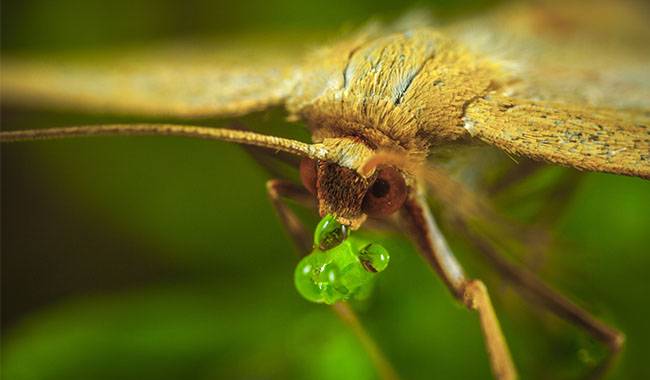
WE ARE NOW STRUGGLING WITH?
There are some garden pests that are perennial and familiar, such as aphids and fruit weevils, which gardeners control to varying degrees every year. Sometimes they are rare but cause completely unimaginable damage, such as the gypsy moth, which devours most deciduous trees – here without the help of horticultural intervention.
Locusts and moths, however – this is force majeure, a disaster, after which only the consequences can be eliminated. Therefore, in private gardens, it makes sense to first “conspire” against local habitual pests.
Moths
The most obvious pests of fruit are the fruit moths: apples, pears, and plums. The caterpillars that safely overwintered and pupated in spring have turned into butterflies and now lay eggs on leaves and fruit throughout the summer. From these eggs, new caterpillars will hatch, which will destroy the harvest. And these greedy creatures may not be satisfied with one type of fruit: by the time they reach the seeds and eat the entire harvest, along with the apples (pears, plums) fall from the tree, come out and climb up to eat again.
Therefore, at this stage there are several possible ways of fighting :
- Shake off: make the infested fruit fall, the caterpillars can not just crawl on the branches, from fruit to fruit. Collect the fruits and put them in the compost pile.
- Obstruction: The “skirt” on the trunk of the tree will not allow the larvae to come up and continue “feasting”.
- Disorientation: Throw tomato stepchildren near the trunk, the apple tree stops smelling like an apple tree, there is a strong tomato top smell around, and the caterpillars are in a coma.
For the older generation, the butterflies, which will mate and lay eggs at night, there is a way to get the process going in the direction the gardener wants – bait. The jars of fermenting compost hanging from the crown attract many more individuals than the mating process, and the butterflies drift off to sleep and drown.
Light attracts all nocturnal butterflies, so if you put a solar lamp in a basin with soapy water, a large number of butterflies will be drowned in the morning. Unfortunately, not only is it harmful, it’s useful.
Pheromone baits are great at attracting males and preventing them from mating with females. The disadvantage of this trap is the large radius of action, which means that all neighboring beetles will fly to it.
Raspberry beetle
Another very unpleasant pest that all gardeners have to deal with is the raspberry beetle. And he loves to eat raspberries! So much so that it only recognizes it. In the spring after hibernation, it eats all the herbs and is not picky with hunger.
But she feeds her babies exclusively with raspberries. The female lays her eggs one by one in the flower so that the moment the larvae emerge, the ovary is already formed and the female has something to eat.
In this case, too, a set of measures is needed, starting with a simple one – shaking off on newspaper or cardboard. Shaking off raspberries is best done in the morning and evening when the beetles are stationary and easier to catch and destroy.
You can put some sticky substance on the cardboard. Mesh or fine lint is a good deterrent, as are soot, wormwood, or marigold leaves scattered under bushes.
Weevils
The same measures work well against strawberry and raspberry weevils, which have shifted from strawberry to raspberry at this time.
Cherry trees have their own cherry weevils, as well as cherry flies, which can damage the fruit. To catch these pests is good bait: for flies – with a sweet liquid in a yellow container (that’s how aesthetically pleasing they are!), weevil with a design can be simpler, but something fermented is better.
Spray with a 1:10 dilution of liquid fumes to lure the insects into hiding. Flies will fly to their neighbors, but weevils will try to hide in the soil under the tree, and here it can be eliminated by sprinkling ash on the surface. Ashes from cherry trees will not be superfluous.




